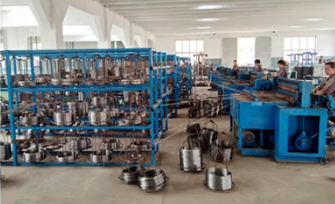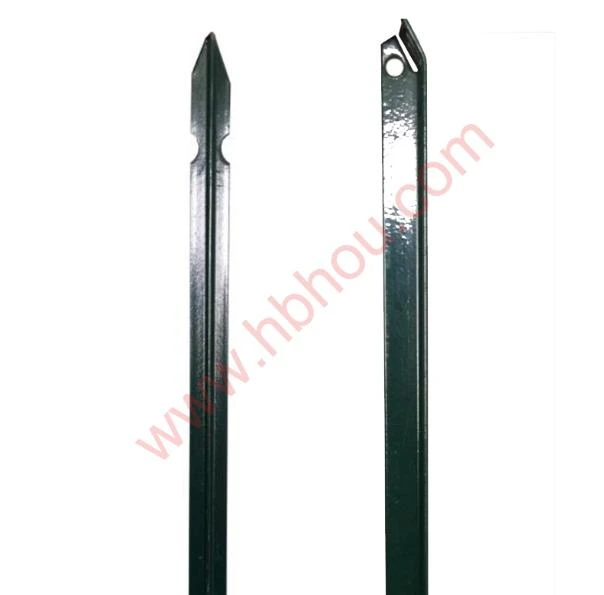The Importance of Sturdy Stakes for Plant Support
When it comes to gardening, one often overlooked aspect is the support and structure provided for growing plants. Whether you're nurturing delicate flowers, robust vegetables, or climbing vines, sturdy stakes play a pivotal role in ensuring healthy growth and development. In this article, we will explore the reasons why sturdy stakes are essential for plant support, the types of materials available, and tips on how to effectively use them.
Why Use Sturdy Stakes?
Sturdy stakes are vital for several reasons. Firstly, they provide physical support to plants that may require assistance in maintaining their structure. For example, young tomato plants often benefit from additional support as they grow taller. Without proper staking, plants may become top-heavy, leading to bending or breaking of stems, which can hamper their growth and reduce fruit yield.
Moreover, sturdy stakes can help prevent diseases. When plants flop over or grow close to the ground, they may come into contact with soil, promoting fungal infections or rot. By elevating the plant off the ground, stakes create better air circulation and reduce moisture buildup around the base of the plant, promoting a healthier growing environment.
Additionally, for growers in windy areas, sturdy stakes are crucial. Strong winds can easily topple fragile plants, causing damage that could take weeks to recover from, if they survive at all. Using durable stakes ensures that plants remain upright and stable, even in adverse weather conditions.
Types of Materials
When selecting stakes for plant support, gardeners have a variety of materials to choose from. Traditional wooden stakes are a popular option due to their availability and strength. However, they can rot over time, so it's essential to treat them with a protective coating if you choose this route.
Metal stakes, such as steel or aluminum, offer a more durable solution. They are resistant to weathering and can last for years with minimal maintenance. Another option is bamboo stakes, which are lightweight and environmentally friendly. Though they may not provide as much support as metal, they are easy to install and can blend well into the garden aesthetics.
sturdy stakes plant support

For gardeners looking for a more versatile option, adjustable plant support systems are also available. These systems often consist of a series of stakes and connectors that allow for customization based on the plant's growth stage. This flexibility can be particularly beneficial for plants that grow quickly and require varying levels of support throughout their lifespan.
Tips for Effective Use
To maximize the benefits of sturdy stakes, consider the following tips
1. Choose the Right Height Ensure that the stakes are tall enough to provide adequate support as the plant grows. It's better to opt for taller stakes than needed and cut them down later if necessary.
2. Secure Properly Attach plants to the stakes using soft ties or garden twine. Avoid using materials that can cut into the plant's stems, as this can cause damage.
3. Spacing Matters Place stakes evenly around the plant to distribute support. This is especially important for larger plants or those with heavy fruit.
4. Regular Maintenance Check the stakes periodically to ensure they remain secure in the ground. As the plant grows, you may need to adjust the ties or reposition the stakes to accommodate the plant’s needs.
In conclusion, sturdy stakes are an invaluable tool in any gardener's toolkit. They provide essential support that fosters healthy plant growth, reduces the risk of disease, and ensures stability against environmental challenges. By selecting the appropriate materials and using effective techniques, gardeners can significantly enhance the vitality and productivity of their plants. So, whether you're planting a vegetable garden or cultivating beautiful flowers, don't underestimate the power of sturdy stakes for plant support.
















